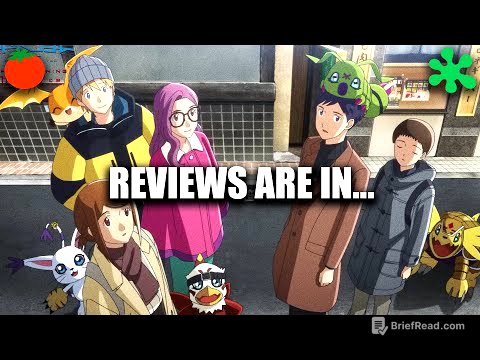TLDR;
This video reviews the Digimon movie released in 2000, which is a combination of three unrelated films: "Digimon Adventure," "Children's War Game," and "Digimon Adventure 02." The review covers the plot, differences between the English and Japanese versions, and the troubled production history, including the involvement of Angela Anaconda and legal issues with the Screen Actors Guild. The reviewer recommends watching the film as a time capsule of early 2000s anime dubbing and a warning about localization issues.
- The Digimon movie is a mix of three separate films.
- There are significant differences between the English and Japanese versions.
- The production faced legal issues and creative compromises.
- The film serves as a time capsule of early 2000s anime dubbing.
- The third part of the film, "Digimon Adventure 02," is considered the weakest.
Introduction [0:06]
The video introduces the Digimon movie, released in October 2000, as a strange mix of three unrelated films edited together. The movie is noted for its use of late 90s music, the Angela Anaconda opening, and its unique legacy. The reviewer recalls watching it as a child and later discovering the behind-the-scenes stories, such as the impact of the Angela Anaconda short and the film's status as a "diamond in the rough."
Angela Anaconda Opening [1:47]
The review begins with the Angela Anaconda short that precedes the film. Angela and her friends try to watch the Digimon movie, but the Alpha Brats cut in line with VIP tickets. Angela dreams she is a Digimon fighting the Alpha Brats, only to realize everyone is in the wrong film. The reviewer questions the purpose and relevance of this scene.
Digimon Adventure (1999) [2:59]
The first part of the film starts with Kari introducing herself and describing the team, including a random kid in America named Willis and his two Digimon. She recalls the first time she encountered a Digimon when an egg came out of the computer. Tai and Kari observe the egg until it hatches into Koromon. Koromon harasses them, retreats under the bed, and Kari tries to communicate with it by singing the Digimon theme song. Tai tries to figure out what to do with the monster. Koromon eats various foods and later digivolves into Agumon. Kari rides on Agumon as they escape into the city, causing hijinks. Agumon becomes violent, and a second Digi-Egg appears, hatching into Parrotmon. Agumon fights Parrotmon but is defeated and turns into Greymon. Greymon and Parrotmon fight again and disappear, leading people to believe it was a terrorist attack.
Our War Game! (2000) [5:14]
The film jumps four years to 2000. Tai struggles to write a letter to Sora. Izzy discovers an egg has formed online, tipped off by Willis in Colorado. Izzy links two computers to observe the Digimon, which he identifies as a virus eating code and disrupting a supermarket. Tai asks why he can't delete the creature, but Izzy has already tried and failed. The Digimon digivolves, and Tai calls on the DigiDestined for help. Kari is at a birthday party, Joe is taking classes, Mimi is in Hawaii, and Sora is not speaking to Tai. Matt and T.K. are potentially available, but their grandma interferes. Tai and Izzy fight back against Keromon, digivolving Greymon and Kabuterimon. Keromon digivolves into Infermon, bypassing a step due to the data it consumed.
Diaboromon Strikes Back [7:59]
Infermon escapes back into the net, and Izzy receives an email from it, realizing it has infected the phone provider. Tai tries to contact others but finds the phones are dead due to Infermon's speed dialing. The phone company creates a voice call system. Izzy connects to a military satellite to regain internet access, learning that T.K. and Matt are available. The DigiDestined attack Infermon, and Agumon and Gabumon digivolve into WarGreymon and MetalGarurumon. Infermon digivolves into Diaboromon, pinning down Patamon and Tentomon. Matt and Tai attack Diaboromon, but the Digimon slow down. Izzy reboots the computer after a blue screen of death. Diaboromon shows a countdown, and Izzy realizes a nuclear missile has been fired, with Diaboromon causing interceptions to fail.
Omnimon and the Nuke [11:08]
With everything at stake, WarGreymon and MetalGarurumon gather their strength to defeat Diaboromon and stop the nuke. They find the virus, but Diaboromon has copied itself. Tai and Matt enter the metaverse to encourage their Digimon. Emails from kids around the world power the Digimon, and WarGreymon and MetalGarurumon combine into Omnimon. Omnimon decimates the clones and defeats the original Diaboromon, stopping the missile. Sora receives Tai's email, still angry but not maliciously.
Digimon Adventure 02 (2000) [13:16]
The review moves to the "Digimon Adventure 02" part of the film. Years have passed, and the original DigiDestined have more responsibilities. New DigiDestined are introduced: Yolei, Cody, and Davis. Kari and T.K. are in New York when Kari senses something bad. Willis is dealing with his Chocomon, who is hunting him and his Terriermon. Kari and T.K. try to help, but Willis runs off. The rest of the "Zero Two" cast makes their way across America. They encounter Willis and realize he is a DigiDestined. Davis and Willis get split from the group, and Wendigomon reappears. Willis explains that years ago, he received a Digi-Egg that hatched twin Digimon. He tried to summon another Digimon, creating Diaboromon, who infected Chocomon. Willis is returning to Colorado to confront Chocomon.
The Golden Digi-Eggs [15:37]
The group makes it to Colorado and confronts Wendigomon, who tells them to go back. Wendigomon digivolves, leading to a battle scene. Chocomon digivolves, and the DigiDestined are defeated. Kari, T.K., and others arrive to fight back. Chocomon starts turning time backwards, causing everyone to become younger. Angemon and Angewomon enter their mega forms and release the golden Digi-Eggs. Davis and Willis use the golden Digi-Eggs to digivolve their Digimon, who get eaten. The two Digimon find Wendigomon in the monster and kill it, defeating the virus. The group bids farewell to Willis, who kisses Kari and Yolei. Davis gets angry, and the movie ends.
Overall Impression [17:21]
The reviewer describes the film as a wild ride with both the best and worst the franchise has to offer. The third part doesn't mesh well with the rest of the film and could be removed without much loss. The Digimon movie is actually three, technically five, separate films Frankensteined together.
Japanese vs. English Versions [18:31]
The review compares the Japanese and English versions of the films. "Digimon Adventure" (the movie) is more artsy in the Japanese version, with music being more fantastical. The English version omits a scene where Tai and Kari's father comes home drunk. The English version changes the narrator to Kari, which the reviewer prefers. "Children's War Game" has the big change of adding Willis being responsible for Diaboromon. In the Japanese version, Diaboromon just randomly appears. The English version uses alt-rock music, while the Japanese version uses orchestral tracks. For "Digimon Adventure 02," Saban cut large parts of the story, but you don't miss much story-wise. The main reason the "Zero Two" cast was in America was because Negamon had captured the original kids to make them younger to find Wallace. The English version cuts Davis's relationship with his Digimon.
Final Thoughts on Versions [25:11]
Visually, the film looks good, with "Our War Game" being the most cinematic. The music is well done, with a good selection of 90s and early 2000s music. The voice acting is good.
Production History [25:50]
The first film was intended to promote a toy and later a TV show. The director initially planned for the film to be about Tai's father and his Digimon doing things around Tokyo during the 1968 Olympics, but this was rejected. After "Our War Game" aired, the third film was sent into production without Hosada. In 1999, Warner Brothers released "Pokemon: The First Movie," which changed the industry by licensing an anime film. Saban wanted a Digimon movie to make money, but none of the existing films were theatrical length. Jeff Nimoy wrote a script to splice the first two films together, but Saban rejected it and wanted to use all three films. The script was rewritten, creating a 220-minute-long film, but this was rejected due to budget reasons. They cut scenes from the movies, especially from the third film, and added an Angela Anaconda short.
Legal Issues and Legacy [30:32]
The Screen Actors Guild (SAG) had issues with the film because Saban was taking three foreign films and stitching them together to make a completely new film. SAG issued a no-work order, stopping production. Something was eventually negotiated, and the film was released. Critics hated it, but it made money. The legacy of the film is odd. It is a critical failure but made money. Domestic airings seem to have been limited. In 2002, Disney bought out Saban, gaining access to the company's animation library. The Digimon film was an issue because Disney owned the Digimon license, but the film was published by Fox, with the original five films owned by Toei. The film destroyed Angela Anaconda. The film is canon, but the third part makes no sense. Hasano would go on to make the film "Summer Wars," which is similar to "Our War Game."
Why Watch This Film? [35:04]
The reviewer recommends watching the film because it's a time capsule of what anime was like in the early 2000s, having to contend with subpar dubs. It's also a warning of things to come. Localizers are underpaid, and many localizations of anime add in contexts that aren't present in the original show. Many original uploads of these shows have since been removed due to copyright. Recently, Discotek Media announced that they are releasing a Blu-ray release of "Digimon Adventure" (the cartoon) and a separate release of the Japanese dub.
Conclusion [38:47]
Overall, the reviewer recommends watching the film for its great animation, voice acting, and music. The film is a nice little popcorn flick, even if the third part is not that great. The biggest issue is that the film expects you to have watched the original anime. The English version is easy to find on eBay. The Japanese versions can be viewed as more of a director's cut.
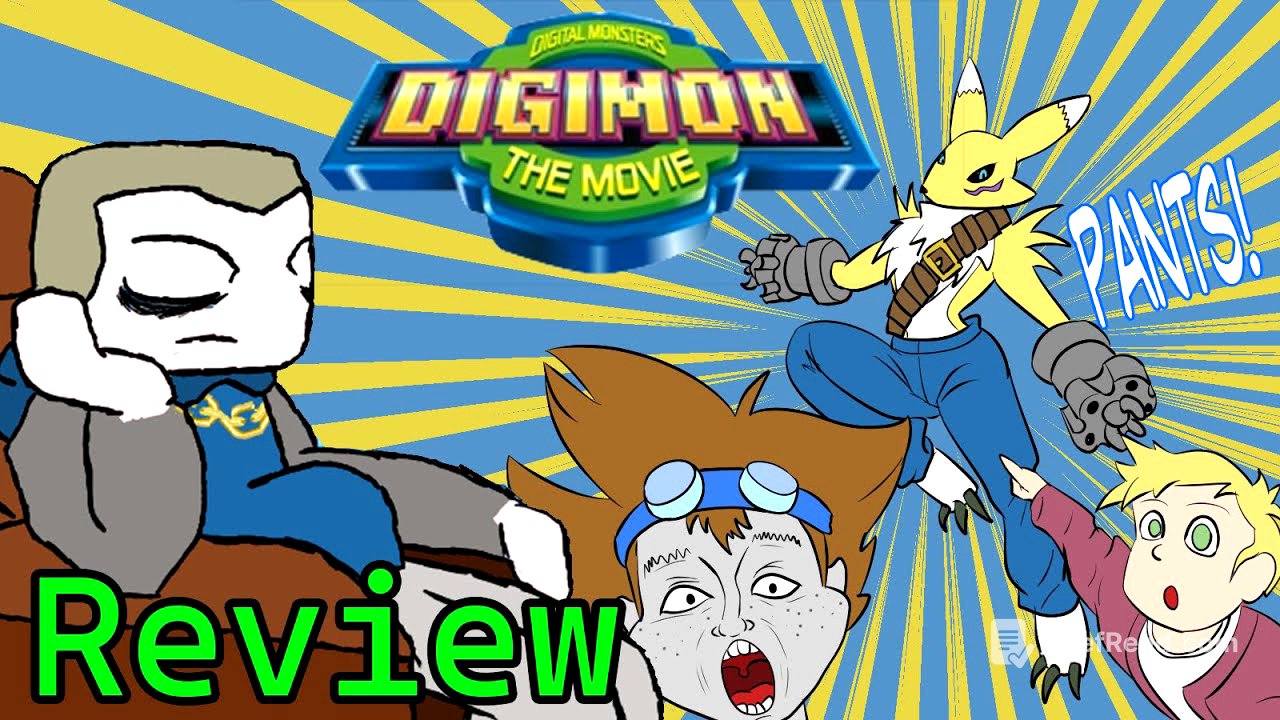
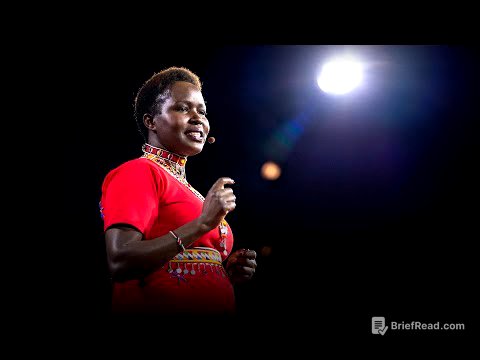
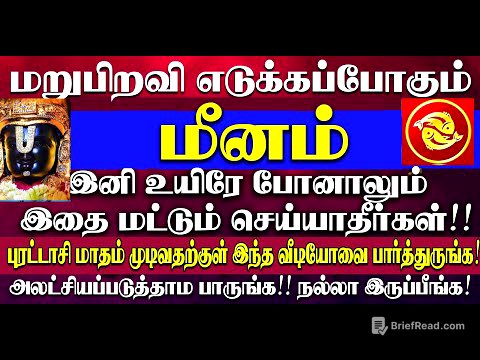
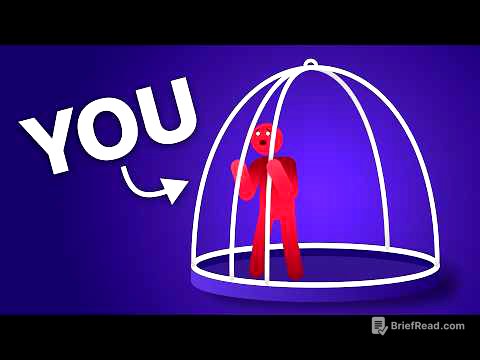


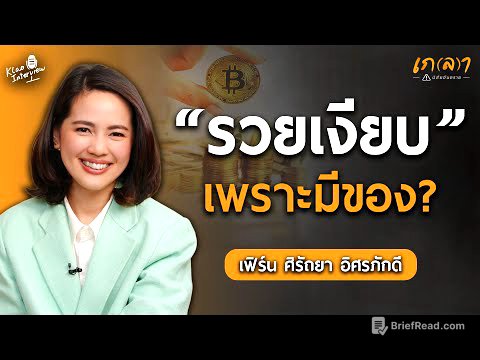
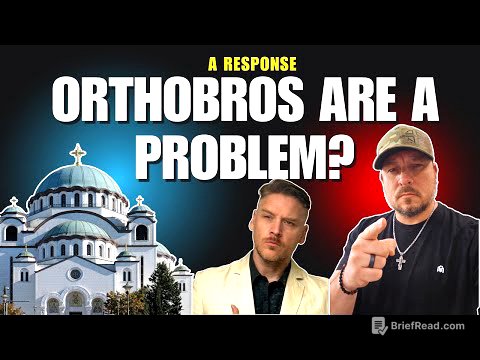
![24 Oras Weekend Express: September 28, 2025 [HD]](https://wm-img.halpindev.com/p-briefread_c-10_b-10/urlb/aHR0cDovL2ltZy55b3V0dWJlLmNvbS92aS94VlAzYXRDeTEzSS9ocWRlZmF1bHQuanBn.jpg)
